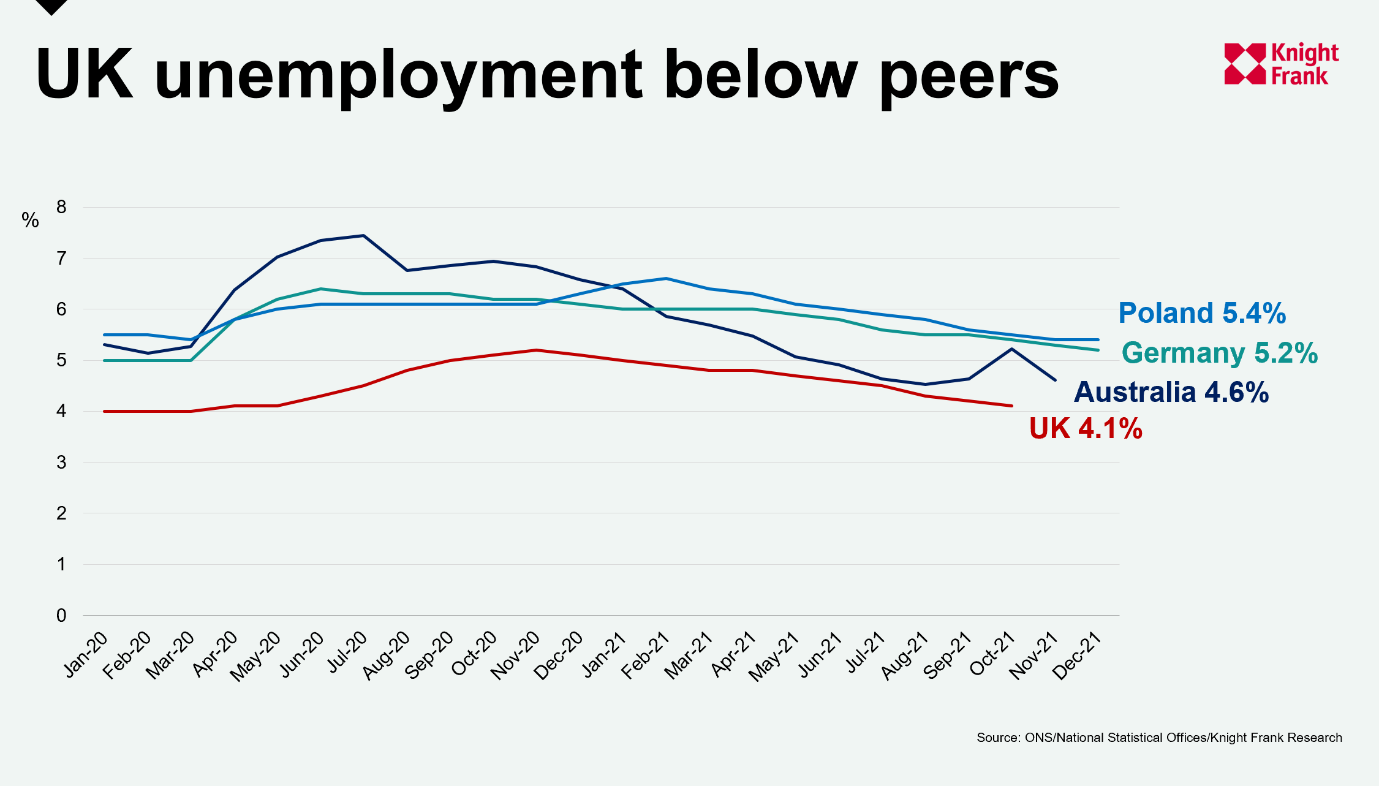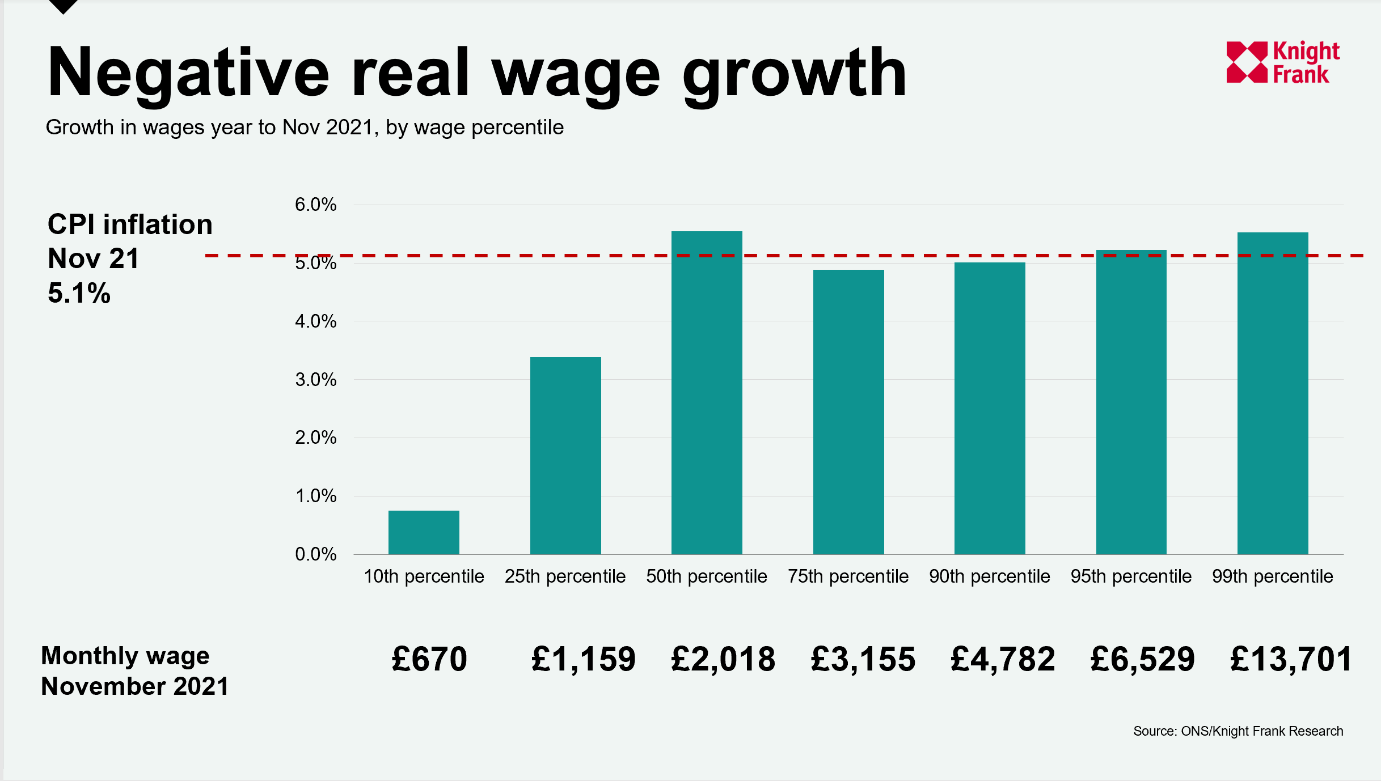Will hybrid working continue post-pandemic?
Tightening labour markets, four-day working weeks and the flight to quality are strengthening the argument for a hybrid working business strategy.
7 minutes to read
What is hybrid working?
We define hybrid working as the practice of delivering work from variable locations best suited to task. There are three key models:
1. When some staff operate full-time from the office and some full-time from non-office settings (most typically home) but on a fixed basis.
2. When staff have the flexibility/choice to work partially from the office and partially from non-office settings according to the nature of the task at hand.
3. A combination of the above two models across an organisation.
Hybrid working is often wrapped-up in wider debates about flexibility, home and dynamic working but, in our view, it is about the potential dispersal of staff across different workplace settings.
It is fundamentally about the ‘where’ of work. We also believe that it is important to consider the return to the workplace and the desire for flexibility in the context of labour markets, which in many cases are tightening rapidly, just as businesses are gearing up to expand.
Tight UK labour market
Data released by the ONS in January showed that unemployment in the UK continued to fall, despite the emergence of Omicron and the end of the furlough scheme towards the end of 2021. The most recent figures show that UK unemployment fell to 4.1% in November, barely higher than the pre-pandemic level, and notably lower than in many of the UK’s economic peers.

Almost 200,000 jobs were added in December, and there are now an additional 400,000 jobs in the UK economy compared with pre-pandemic levels.
Although some indicators suggest that the pace improvement in the UK labour market is beginning to ease, the recovery still has further to run. Vacancies have reached record levels, with almost 1.25 million unfilled positions.
Deloitte’s latest CFO survey suggests businesses are in a more expansionary mood than at any time since 2009, and that labour shortages are the number one brake on these ambitions.
All areas of the country are seeing significant improvements in labour demand, but London and Scotland stand out. In London, while Brexit may be cited as the reason that some roles have been relocated to the continent, the total number of financial roles actually increased by over 30,000 over the past year. Mayor Sadiq Khan has called for emergency visas to ease construction industry labour shortages.
Gender inequality in labour markets and employment remains an important area of focus for many businesses. Recent data shows that, after the initial period of disruption in early 2020, women fared better than men during the pandemic, when considering growth in full-time employment. This may be a function of continuing structural shifts that were already in evidence, as well as the added flexibility of working from home.
In contrast, however, women have suffered more than men when it comes to part time employment. Employment levels for women continue to run at about 7% below pre-pandemic levels, while male part-time employment has regained pre-pandemic levels.
Inflation keeps wage growth low
Perhaps surprisingly, wages continued to grow during the pandemic period. However, in real terms (i.e. when taking inflation into account), wages have, on average, remained flat. For some income bands, notably those at the lowest end, wage growth has fallen a long way short of inflation. For higher income bands, wages have largely been able to keep pace with, or exceed, inflation.
Understanding these nuances gives an indication of strength of bargaining power in different sections of the labour market. It may, given the significant expense of travel costs, have a bearing on the desire of different employee groups to return to the physical workplace. The inequalities of real wage growth are likely to receive greater attention in the coming months should inflation continue to rise as predicted.

Hybrid working
My colleague, Lee Elliott, global head of occupier research, explores the pros and cons of the hybrid working model and the implications on the real estate industry below.
The tightening of the labour market has swung the balance of power towards the employee. It is against this backdrop that leaders are attempting to grow their businesses. More than 70% of UK CEO’s surveyed in PwC’s 2022 CEO Survey expect to increase their headcount over the next 12 months – and almost one third of those are planning to increase headcount by more than 10% of existing levels.
The war for talent shows no signs of abating, whilst the challenge of recruiting becomes ever harder.
These dynamics are serving to influence the offers made to prospective employees. Whilst financial benefits still figure highly, there is growing evidence that the purpose, culture and flexibility of the organisation are increasingly important considerations for the employee. This is a direct response to the pandemic where many have re-evaluated their work, workstyle and work-life balance, as seen with the so-called Great Resignation in the United States.
Flexible working
Requests for flexibility, emboldened by the remote working experience enforced by the pandemic, are rising. The corporate response has been, at least notionally, to move beyond a classically binary view on the ‘where of work’ – with employees either being seen to be office based or home based – towards a more fluid attitude to where work takes place.
Indeed, 75% of global CEOs responding to KPMG’s Quarterly Global CEO Survey at the end of 2021 anticipated their organisations adopting hybrid workstyles. Tellingly, however, only one third of those respondents had actually implemented plans at the time of the survey. The journey to hybrid workstyles is in its infancy and there is clearly a long and winding road to run.
In this sense, the potential rise of hybrid working should be regarded as the next phase in the great global workplace experiment ushered in by COVID-19. As restrictions start to lift and employees re-engage with their offices and/or start to make greater demands about how and where they work, organisations will get a valuable read of the future that ultimately translates into new workstyles and potentially new demands on the workplace. Most businesses are still early in the evaluation phase of the experiment.
Pros and cons
Of course, there is no shortage of noise about the potential pros and cons of hybrid working. Advocates see hybrid as essential for attracting and retaining talent; for extending the geographical reach of organisations into untapped, distant, labour markets; for bringing greater efficiency to business processes and operations; and even to creating more sustainable businesses.
Detractors suggest hybrid makes inclusion and collaboration more difficult; negatively influences career development and progression; adversely affects the tacit learning so key to professional service firms; or brings a level of managerial duplicity and complexity that is highly inefficient.
While this debate continues, hybrid will become one of the business buzzwords of 2022. Companies need to be seen to be responding to the new world of work. However, we should be careful not to get swept away with the hyperbole or take the exception as the rule. The jury is still out and the upcoming implementation of hybrid working styles will provide test cases on which to build stronger evidence.
We fully expect the practical challenges of delivering hybrid working to become clearer over this year and anticipate growing concerns around its effect on corporate culture, connection and growth to amplify. This will ultimately lead to many organisations adopting an ‘office first’ stance with flexibility enabled through dynamic working and the permitting of home working according to function and role.
Implications for real estate
From a real estate perspective, the occupational markets will be characterised by more varied demand from businesses seeking to navigate the future world of work in their own ways. Designing and delivering workplace strategy will be more complex and bespoke than ever before but the office will absolutely be part of any solution.
We believe that any move towards hybrid working simply serves to accentuate the flight to quality already witnessed in major office markets. If organisations provide choice around the where at work, but want work to support culture, connection and growth, then they will be obliged to provide formal workplaces that offer an environment and experience well beyond that which someone can achieve at home and through virtual connection.